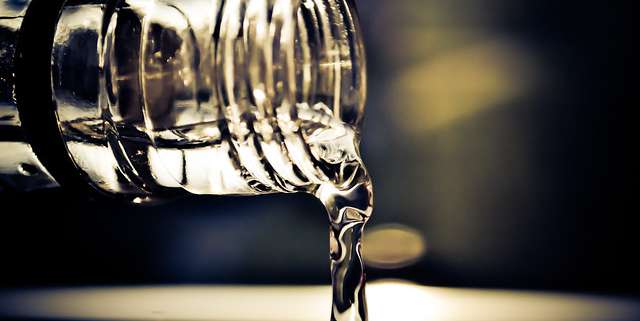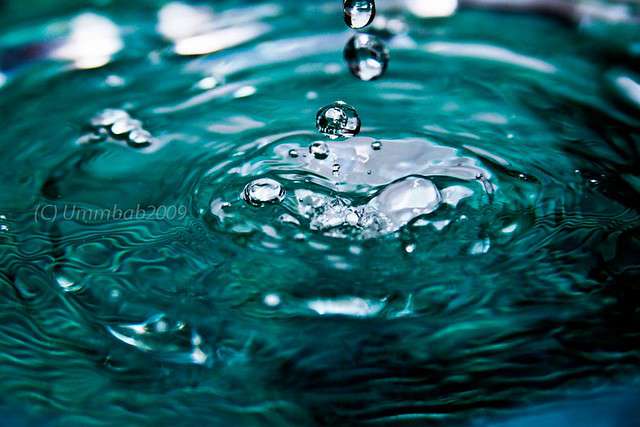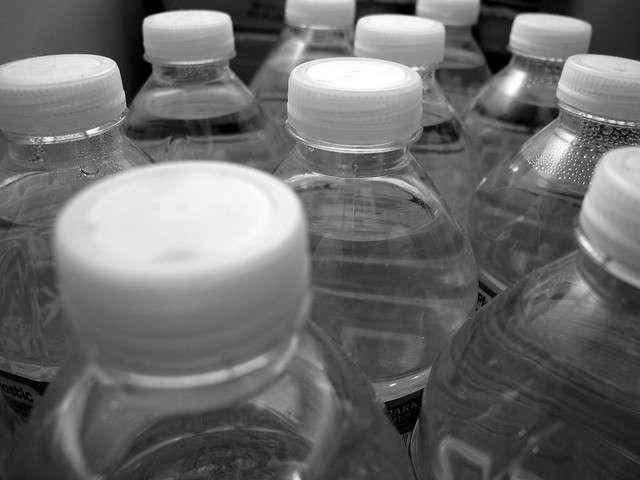Spectrophotometers measure not only color value but also specific wavelengths of light, which help to classify the exact properties of chemical components found in various water sources. Precise absorption values measurements help to identify and quantify the levels of these compounds, offering valuable information about water quality.
This data can help determine the safety of drinking water and recognize toxic levels of additives that may cause a risk to human health. Measuring nutrient components of both freshwater and seawater with spectrophotometric analysis provides researchers with valuable information that relates directly to water quality and can detect even the slightest variations or changes.
Spectrophotometry: A Water Quality Measurement Solution
Basic water quality analysis methods involve adding a chemical reactant to the water sample to aid visual analysis. Then, the water sample is compared to a color sample using human vision. This method is subject to inaccuracies and cannot obtain quantitative information for further analysis. Furthermore, the chemical reactants contaminate the water sample, making it nonviable for further testing and analysis.
Analysis via spectrophotometry provides a nondestructive alternative for measuring contaminants that may be hiding in our water supplies. Spectrophotometers can identify the contaminants in a water sample and measure the water's APHA color. This solution determines color value by measuring specific wavelengths of light. As a result, chemical components and properties in water can be accurately classified.
Spectrophotometers offer several advantages over other water quality instruments and tools. This form of quantifiable analysis:
- Is easy to use.
- Is highly accurate.
- Removes the risk of human error.
- Is durable for all conditions.
- Is portable for use anywhere.
- Can measure virtually any water sample.
- Identifies water quality changes quickly.
- Is free of reagents.
- Does not require the sample to be pretreated.
- Can measure continuously.
Spectrophotometers also provide valuable information about water quality that can be used to evaluate the safety of drinking water, identify contaminant levels, and maintain purity.
Water quality and purity standards require objective data through spectrophotometric analysis in order to meet strict guidelines such as the American Public Health Association (APHA) standards for water quality. Spectrophotometers quantify APHA color measurements using the Hazen color index and provide precise analysis of water quality and purity.
Water Quality Measurement Solutions From HunterLab
At HunterLab, we offer a variety of instrumentation that is intended specifically for use in water quality analysis. We have over 70 years of experience creating spectrophotometers for water quality, and our solutions are the leading standard in the industry. Many of our products are designed to measure a variety of liquid substances and can provide valuable data for maintaining quality and safety.
Our friendly and knowledgeable staff is here to provide expert advice in product selection, and we work together with our clients to develop and modify our color measurement tools to meet your specific needs.
Contact HunterLab to learn more about our products and how we can help you attain water quality standards.





